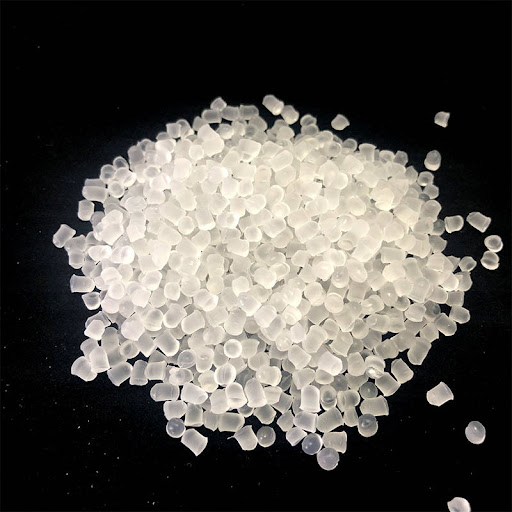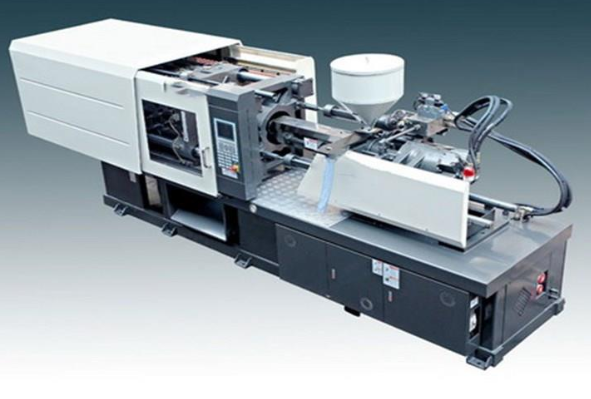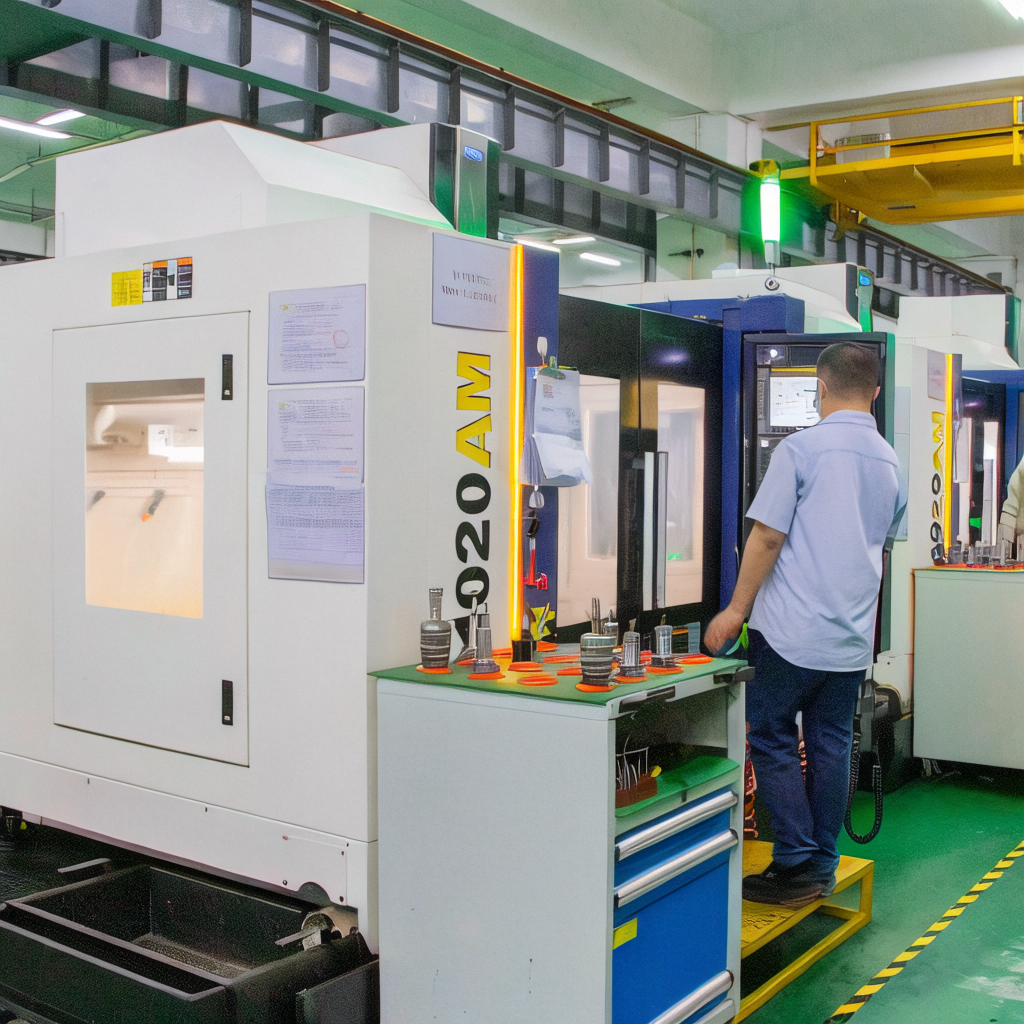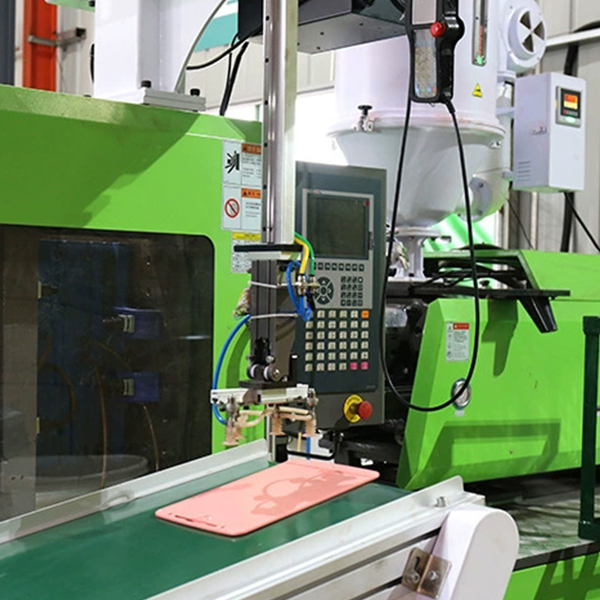What is Injection Molding and How Does it Work?
-
What is Injection Molding and How Does it Work? Injection molding is a manufacturing process predominantly used for the mass production of plastic parts. The process involves several key stages: initially, plastic raw material (usually in pellet or powder form) is loaded into an injection molding machine's hopper where it is melted into a liquid state through heating devices. Subsequently, this molten plastic is rapidly injected under high pressure into a pre-designed mold cavity. After cooling and solidifying within the mold for a certain period, the mold is opened to remove the formed part. The process consists of four critical phases: filling, packing, cooling, and ejection.

-
How to Choose the Right Injection Molding Method? Selecting the appropriate injection molding method requires consideration of several factors:
- Product Design: complexity, dimensional accuracy requirements, uniformity of wall thickness, etc.

- Material Selection: choosing materials based on product functionality needs, temperature resistance, strength, and toughness.
- Cost Budget: different types of machines and mold costs vary, along with operating expenses.
- Production Efficiency: determining automation levels and machine tonnage based on volume requirements.
- Environmental Considerations: whether to use recyclable or biodegradable materials if required.
- Product Design: complexity, dimensional accuracy requirements, uniformity of wall thickness, etc.
-
What are the common problems and their solutions in the injection molding process?
- Air Traps and Void Formation: these can be addressed by optimizing gate designs, increasing injection speed and pressure, extending packing time, and pre-drying the raw materials.
- Weld Lines and Flow Marks: improvements can be made through enhanced mold design, installing better ventilation systems, and adjusting injection parameters to improve melt flow conditions.
- Warpage and Deformation: balanced gating, effective cooling system setup, and slightly increased mold temperatures or secondary curing processes can help mitigate these issues.
- Breakage and Weakness: verify material properties, ensure proper drying, and optimize molding parameters to enhance melt quality.
-
What are the important parameters involved in injection molding processing, and how to adjust and control them?
- Temperature Control: including barrel temperature, nozzle temperature, and mold temperature must be set according to plastic properties to ensure good melting and uniform cooling.
- Pressure Control: injection pressure and holding pressure should be adjusted based on the part structure and thickness, as excessively high pressures may lead to flash or mold damage, while too low could result in short shots or deformation.
- Time Control: involving injection time, holding time, and cooling time, all of which directly affect product quality and production efficiency.
- Speed Control: injection speed and mold opening/closing speeds need to be judiciously set; high speeds can prevent defects but excessive rates might cause excessive internal stresses.
-
What are the classifications and characteristics of plastics commonly used in injection molding?
- Thermoplastics: such as Polyethylene (PE), Polypropylene (PP), Polyvinyl Chloride (PVC), Polystyrene (PS), ABS resin, Polycarbonate (PC), Nylon (PA), POM (Polyoxymethylene), PET (Polyethylene Terephthalate), each possessing unique mechanical, thermal, chemical stability, and transparency properties.
-

-
How to evaluate the service and quality level of an injection molding processing manufacturer?
- Certifications: check for ISO quality management system certifications, environmental management system certifications, and other industry-specific standard endorsements.
- Equipment Sophistication: inspect the brand, model, tonnage, and degree of automation of their injection molding machines, along with any in-house mold-making capabilities.
- Technical Expertise: understand the technical proficiency of their staff,模具 design expertise, and experience in solving complex injection molding challenges.
- Quality Control: assess whether they have stringent quality inspection procedures, testing equipment, and technical support services.
- Customer Feedback and Case Studies: review customer reviews and successful case studies to gauge their actual product quality and after-sales service.
-
In what fields is injection molding widely used, and how is it applied in different fields?
- Consumer Electronics: phone cases, TV enclosures, computer accessories, appliance housings, etc.
- Medical Devices: disposable medical supplies, surgical instrument components, medical device shells, etc.
- Automotive Industry: interior trims, exterior parts, various functional components, etc.
- Packaging Industry: food packaging containers, bottle caps, turnover boxes, etc.
- Building and Construction: window seals, pipes, decorative materials, etc.
-
Environmental Impact of Injection Molding and Countermeasures:
- Impact: the injection molding process generates waste, emissions, and noise pollution, particularly with plastic products posing significant environmental threats.
- Countermeasures: promote green materials, utilize recyclable or biodegradable plastics; strengthen waste recycling and reuse initiatives; adopt eco-friendly injection molding machines to reduce energy consumption and emissions; implement strict environmental protection measures to minimize noise pollution.
-
What are the development trends and challenges of injection molding processing technology?
- Trends: advancements in miniaturization and precision molding techniques, the application of digital, networked, and intelligent manufacturing systems, development and promotion of eco-friendly materials, and progress in multi-material co-injection technology.
- Challenges: improving production efficiency and reducing costs, adapting to new materials and complex part molding demands, achieving more efficient energy utilization and waste management, and meeting increasingly stringent environmental regulations.
-
Maintenance and Safe Operation of Injection Molding Equipment:
- Maintenance: regularly clean the inside and outside of the injection molding machine, lubricate moving parts, inspect electrical cables and hydraulic circuits, replace worn components, calibrate temperature controllers and pressure sensors, ensuring the smooth operation of the equipment.
- Safe Operation: strictly adhere to the machine's operation manual, wear protective gear, avoid contact with hot surfaces, conduct periodic electrical safety checks, maintain a tidy work area, refrain from unauthorized modifications to equipment settings or programs, and provide regular safety training for operators.






